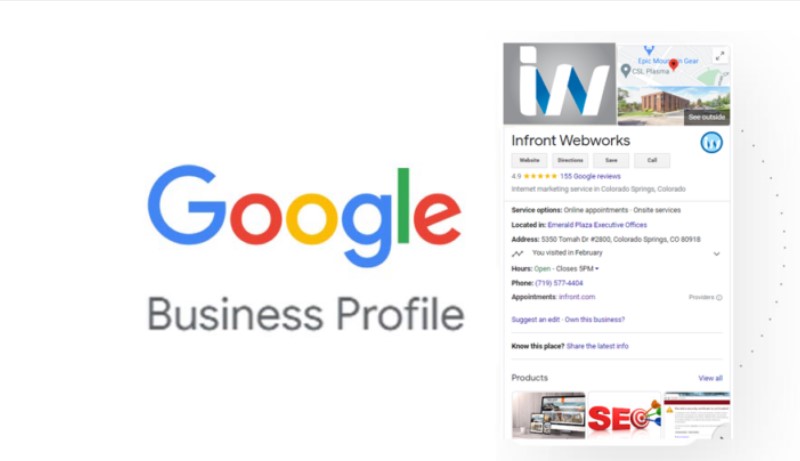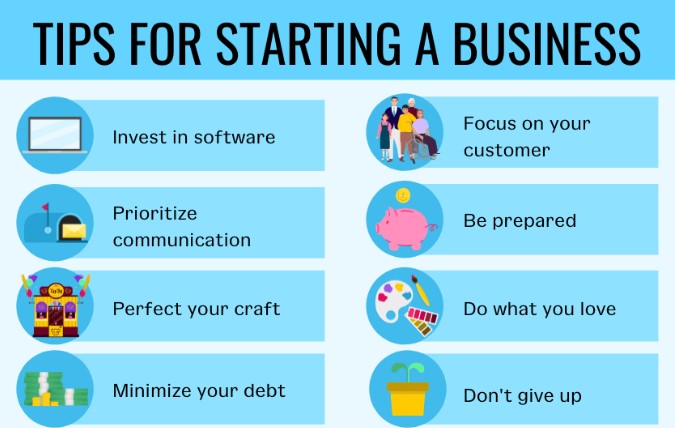In the ever-evolving landscape of business and workforce administration, the concept of Human Capital Management (HCM) has experienced a surprising change over a long time. This article will take you on an energizing journey through the timeline of the insurgency in Human Capital Administration, highlighting key turning points, procedures, and developments that have reshaped the way organizations oversee their most profitable resource: their individuals.
The Origins of Human Capital Management (HCM)
1. Early Personnel Management
The inception of HCM can be traced back to the early 20th century when businesses started to recognize the significance of effective workforce administration. Personnel departments were established to handle basic employee needs.
2. The Emergence of HR Departments
In the mid-20th century, the role of personnel management evolved into Human Resources (HR) departments. HR professionals started focusing on employee development, recruitment, and engagement.
The Digital Revolution
3. Introduction of HR Software
The late 20th century witnessed the introduction of HR software, streamlining administrative tasks and allowing HR professionals to spend more time on strategic planning.
4. The Rise of Cloud-Based HCM
With the advent of the internet, cloud-based HCM solutions emerged, providing businesses with greater accessibility, scalability, and data security.
The Era of Data-Driven HCM
5. Analytics and Big Data
In the 21st century, HCM took a critical turn toward data-driven decision-making. Progressed analytics and Enormous Information instruments permitted organizations to pick up bits of knowledge for representative execution, engagement, and maintenance.
6. Predictive HR Analytics
Predictive analytics revolutionized HCM by enabling businesses to forecast workforce trends, identify potential issues, and proactively address them.
The Importance of Employee Experience
7. Employee-Centric Approach
HCM shifted its focus towards creating a positive employee experience. Companies began to understand that engaged and satisfied employees are more productive and loyal.
8. Remote Work Revolution
The COVID-19 pandemic accelerated the adoption of remote work, forcing HCM to adapt to the new normal. Virtual onboarding, flexible schedules, and mental health support became essential.
HCM in the Gig Economy
9. Managing a Blended Workforce
The gig economy introduced a new challenge for HCM – managing a blended workforce of full-time employees and freelancers. This required innovative approaches to workforce planning.
The Future of HCM
10. AI and Automation
As we look ahead, Artificial Intelligence (AI) and automation are poised to further revolutionize HCM. These technologies will enhance HR processes, from recruitment to performance management.
11. Personalization and Employee Wellbeing
The future of HCM lies in personalization and employee wellbeing. Tailoring benefits, learning opportunities, and career paths will be crucial for retaining top talent.
Conclusion
The journey of Human Capital Management has been nothing brief or unimaginable. From its humble beginnings in the early 20th century to the data-driven, employee-centric approach of nowadays, HCM has persistently adjusted to the changing needs of the workforce and the trade scene. As we move into long-standing time, grasping innovation and prioritizing representative prosperity will be key to effective human capital administration.
FAQs
Q. What is Human Capital Management (HCM)?
Human Capital Management (HCM) refers to the strategic approach organizations take to manage their workforce effectively, including recruitment, training, development, and retention.
Q. How has HCM evolved over time?
HCM has evolved from basic personnel management to data-driven decision-making, focusing on employee experience and adapting to the gig economy.
Q. Why is data-driven HCM important?
Data-driven HCM allows organizations to make informed decisions about their workforce, leading to improved performance and retention.
Q. What role will AI play in the future of HCM?
AI will automate and enhance various HR processes, making them more efficient and enabling HR professionals to focus on strategic initiatives.
Q. How can businesses prioritize employee well-being in HCM?
Prioritizing employee well-being involves offering personalized benefits, promoting work-life balance, and providing support for mental and physical health.










